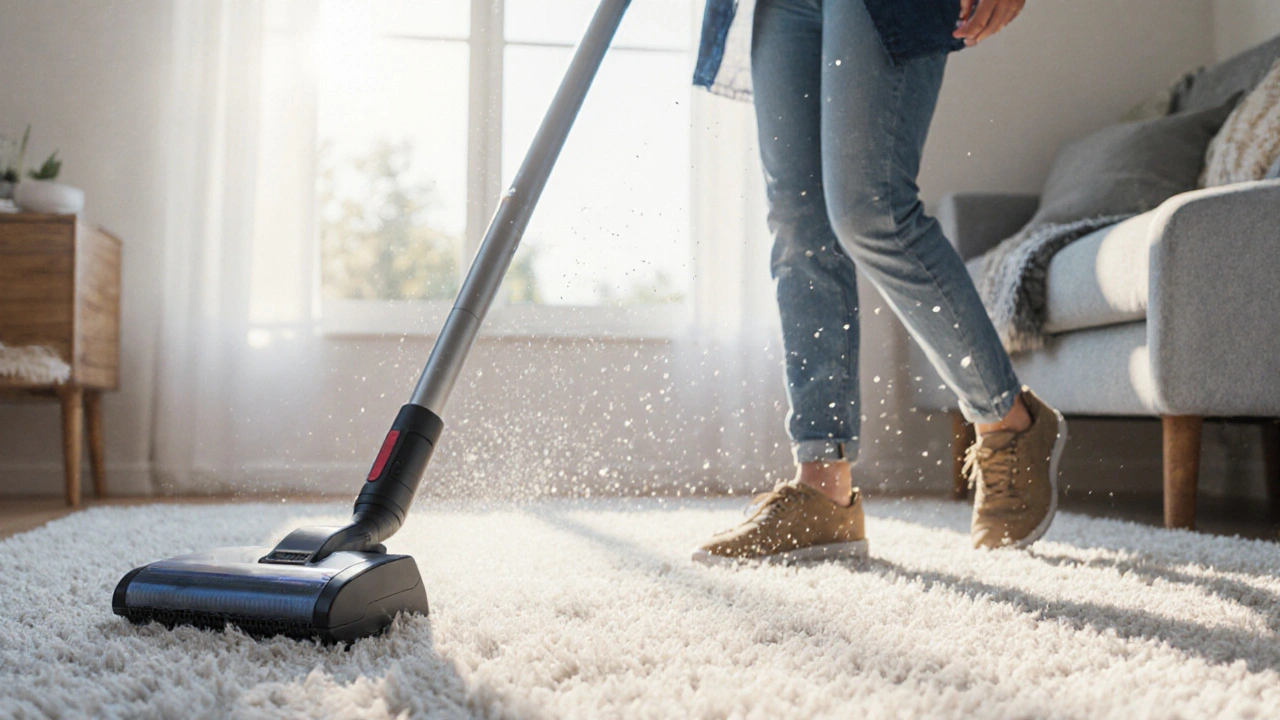Indoor Air Quality: Why It Matters and How to Improve It
When we talk about Indoor Air Quality, the condition of the air inside homes, offices, and other buildings. Also known as IAQ, it directly influences how we feel, sleep and stay productive. Poor IAQ can trigger headaches, allergies, or even long‑term respiratory issues. That’s why paying attention to it matters for every person sharing a roof. indoor air quality isn’t a luxury – it’s a basic health need.
Three big players shape IAQ: Ventilation, airflow that removes stale air and brings fresh air in, Mold, fungi that grow in damp indoor environments and Particulate Matter, tiny particles like dust, pollen, or smoke that can be inhaled. Add Volatile Organic Compounds, gases released from paints, cleaners, and furnishings to the mix and you’ve got a recipe for irritation. Good ventilation pushes pollutants out, cutting down on mold spores and limiting the buildup of PM2.5 and VOCs. In turn, less mold means fewer allergens, and cleaner air lowers the risk of asthma flare‑ups.
Practical Steps to Upgrade Your Air
First, test the water. Simple IAQ monitors show real‑time levels of particles and VOCs, helping you spot problem spots before they turn chronic. Next, boost airflow: open windows when weather allows, use exhaust fans in kitchens and bathrooms, and consider a heat‑recovery ventilator for year‑round fresh air without losing heat. Replace or upgrade filters in HVAC systems – a MERV‑13 filter traps most particles, while activated‑carbon filters attack VOCs. Keep humidity between 30‑50 % with a dehumidifier; that stops mold from finding a foothold.
Cleaning habits matter too. Vacuum with a HEPA‑rated machine to pick up dust and pet dander, and wipe surfaces with low‑VOC cleaners to avoid adding chemicals to the air. Houseplants can help, but choose species known for pollutant absorption, like spider plants or peace lilies, and don’t overwater them – soggy soil fuels mold growth. Finally, schedule regular HVAC maintenance; a clean system moves air more efficiently and keeps filters from becoming sources of contamination.
All these actions tie back to the core idea that indoor air quality is a system of interacting factors. By monitoring, ventilating, filtering, and controlling moisture, you create a healthier environment for yourself and anyone who steps inside. Below you’ll find a range of articles that dig deeper into each of these topics, from choosing the right air sensor to tackling stubborn mold in basements. Dive in to learn specific tips, product recommendations, and the science behind every improvement you can make.

Choosing the Best Vacuum Cleaner for Year‑Round Allergy Relief
- Oct, 14 2025
- 15
A step‑by‑step guide to picking the perfect vacuum cleaner for constant allergy relief, covering filters, power options, maintenance, and top buying tips.
Categories
- Medication Information (75)
- Health and Wellness (45)
- Women's Health (5)
- Supplements (5)
- Pharmacy Reviews (5)
- Dermatology (4)
- Fitness and Wellness (3)
- Support Resources (3)
- Nutrition (2)
- Mental Health (2)
Archives
- December 2025 (17)
- November 2025 (24)
- October 2025 (29)
- September 2025 (14)
- August 2025 (2)
- July 2025 (7)
- June 2025 (2)
- May 2025 (3)
- April 2025 (4)
- March 2025 (3)
- February 2025 (1)
- January 2025 (3)
- online pharmacy
- dietary supplement
- health benefits
- side effects
- medication safety
- treatment
- wellness
- optimal health
- safe medication purchase
- online pharmacy Australia
- link
- women's health
- dietary supplements
- sleep
- asthma treatment
- diabetes management
- post-exposure prophylaxis
- type 2 diabetes medication
- ED medication comparison
- compare
